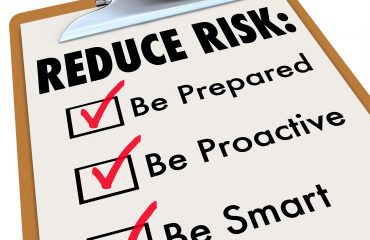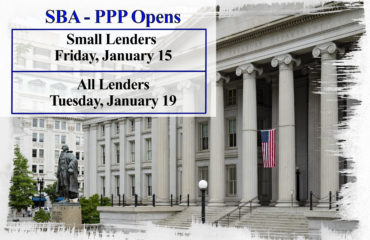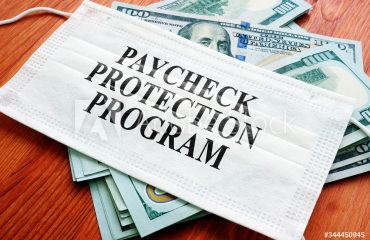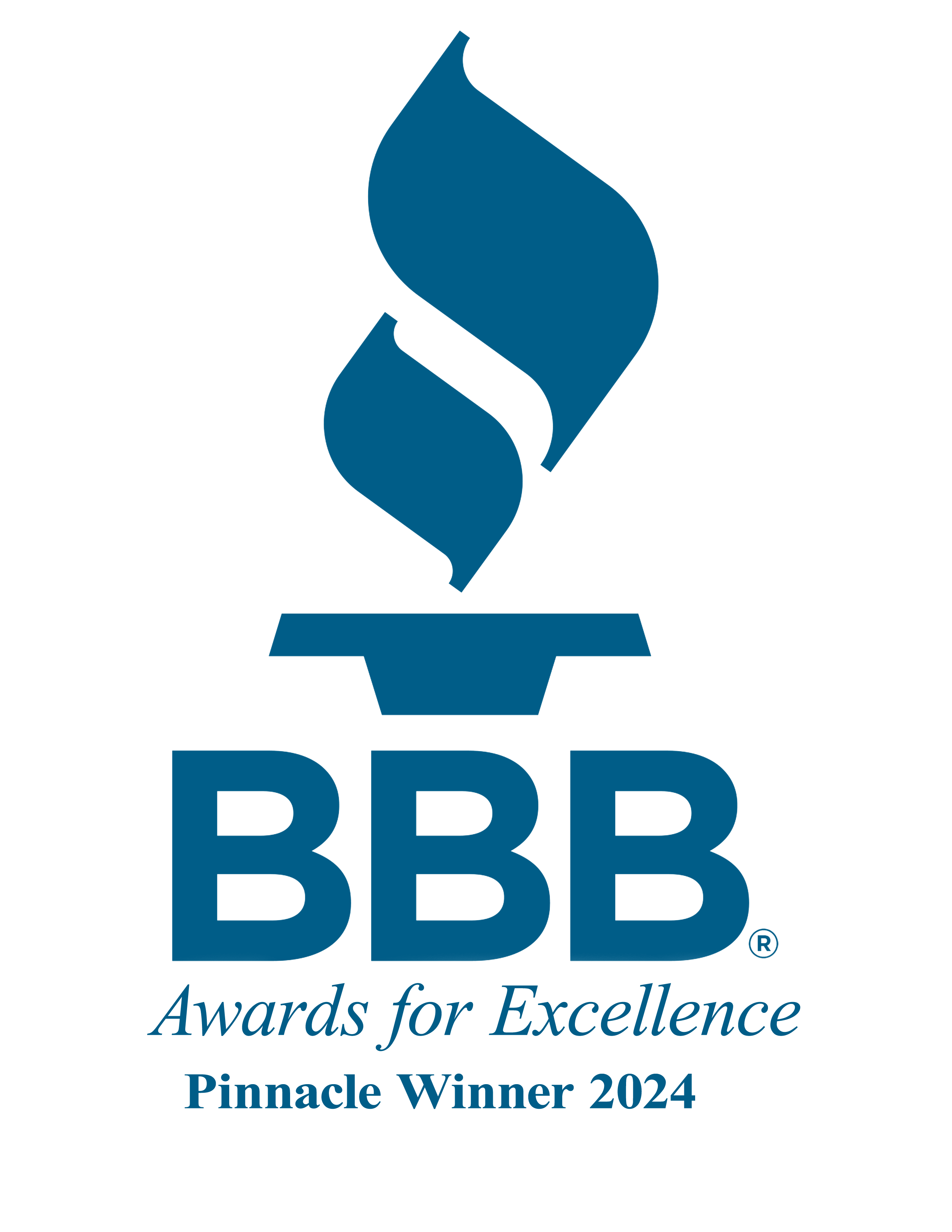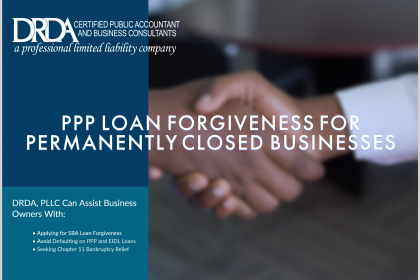
Despite the $630 Billion funding provided by the Treasury Department and Small Business Administration (SBA) through the Payroll Protection Program (PPP) to assist small businesses survive during the Covid-19 crisis and subsequently over 170,000 jobs saved, there are almost 140,000 small businesses that still remain closed. Of the closed businesses, approximately 41% will remain that way permanently, according to Yelp’s Economic Impact Report.
LOAN FORGIVENESS
Business owners are now wondering what happens to a small business that received PPP loans if it goes out of business. Loan forgiveness will depend if funds were completely utilized for the purposes of keeping the business open, regardless of amount. The PPP program states that if a PPP beneficiary utilized all funds within the time-frame given them (eight weeks, or twenty-four weeks for those who received an extension thanks to the PPP Flexibility Act), and can demonstrate that 60% of the loan went to payroll, then the PPP loan qualifies to be completely forgiven. However, should the beneficiary not meet the requirements for loan forgiveness, then any amount remaining must be repaid.
Businesses that borrowed PPP and/ or disaster loans of $25,000 or less will generally benefit from more favorable terms from lenders, according to financial experts. In the event of bankruptcy, loans of small amounts can generally be forgiven, provided the borrower acted in good faith (utilized funds as stipulated). However, if small businesses misused its PPP loans and then closed permanently, the SBA and Treasury have made it clear they intend to pursue monies owed.
DON’T DEFAULT
In the unfortunate event the borrower cannot repay the loan and defaults, the consequences will depend on the loan amount borrowed. For example, businesses that borrow PPP and EIDL (Economic Injury and Disaster Loan) funds of $25,000 or less are not required to provide collateral or personal guarantees to the financial institution. As such, lenders usually are not able to seize business or personal assets to cover the loss. This does not mean that the business owner is out of the woods! Keep in mind that PPP and EIDL loans are government loans, thus making the U.S. Government the actual lender. Although personal or business property may not be seized, the federal government can report borrowers who default to all credit bureaus, making it very difficult to obtain future credit. And even if a business (in default) can obtain credit, it will mostly likely come with a high interest rate. Furthermore, the federal government can also seize any income tax refunds or other amounts owed to the borrower.
For business owners that borrowed amounts, specifically EIDL (Economic Injury and Disaster Loan) loans, greater than $25,000 this situation becomes a bit more complex. Should the business close permanently and is not able to repay amounts owed, the SBA can appropriate any assets, including warehouse inventory, receivables, machinery, trucks and other items to cover the borrower’s debts.
In addition, businesses that received EIDL amounts of $200,000 or greater, which requires borrowers to provide personal guarantees before loans are granted, can have even their personal property, including cars, bank accounts, investments and/ or personal tax refunds seized to cover outstanding amounts. “That is a much scarier proposition,” said Paul Becht, CPA, partner at Margolin, Winer & Evens, of personal guarantees required for large EIDL loans.
THE SILVER LINING – CHAPTER 11 BANKRUPTCY TO THE RESCUE
Despite millions of small businesses receiving federal aid to survive the pandemic crisis, many businesses expect to close permanently. “I think this will become one of the biggest issues [for loan recipients],” said Nick Oberheiden, a Dallas-based attorney. “I received the loan, I’m going out of business, now what happens to my loan liability?”
There is, however, a silver lining: rather than defaulting, businesses can seek protection by filing for Chapter 11 Bankruptcy under the Small Business Reorganization Act. Chapter 11 Bankruptcy permits “small businesses a really fast and unbureaucratic reorganization while they’re in bankruptcy protection,” said Mr. Oberheiden. Normally, PPP and EIDL loans can be dismissed in bankruptcy, per Michael Brauneis, managing director of Protiviti, a financial services consulting firm. However, as Sharon King, Executive Director of the Boulder Small Business Development Center points out, “most or all of the loan is likely to be discharged as part of the process (provided) the borrower has acted in good faith.”
The SBA has yet to provide additional instruction pertaining to PPP and EIDL loan forgiveness, particularly for business that closed permanently, or are in bankruptcy protection. Once guidance is provided, borrowers should have a better idea on how their PPP and disaster loans will be handled.

